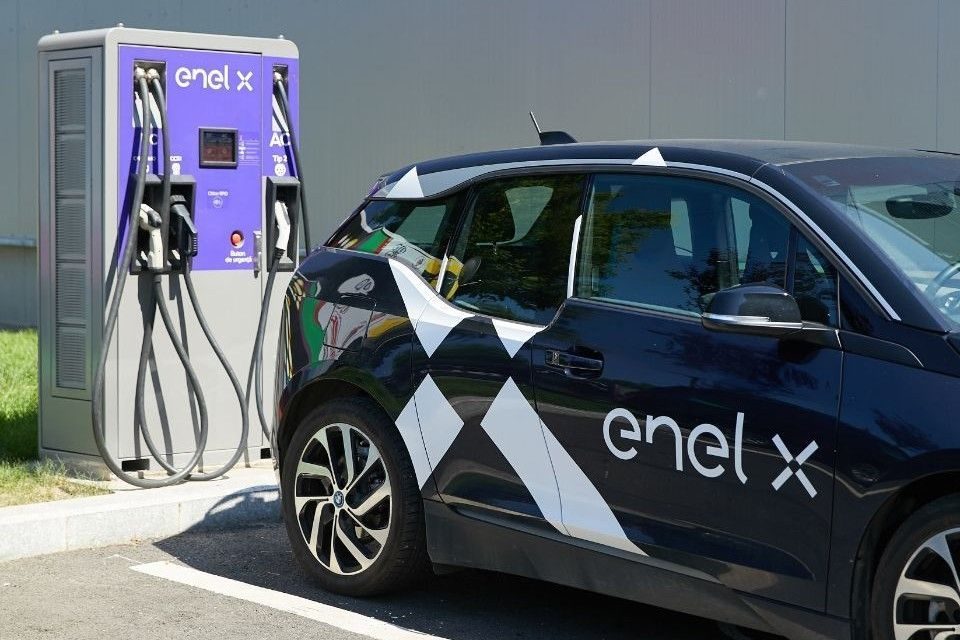Enel X launches the first “circular city index” for Italian municipalities

An innovative tool that can measure the level of urban circularity in Italian municipalities and identify areas of strength and where improvement was developed by Enel X, in collaboration with the Department of Economics and Statistics at the University of Siena, based exclusively on Open Data.
Four key areas are analyzed to determine the level of urban circularity: digitalization, environment and energy, mobility, and waste. Scores are given for each of them, based on comparisons with national and European regulations or guidelines, which assess the extent to which policies and infrastructures that help the municipality to transition towards a circular economy have been implemented.
The “Circular City Index” is a unique tool in Italy and internationally, exclusively accessible to public administrations after registering on YoUrban, Enel X’s portal dedicated to municipalities. Starting from September 30th, the tool will be available free of charge to all Italian municipalities, including small and medium-sized ones. Its flexibility enables it to balance and weight the territorial and demographic diversity of the individual urban perimeters being analyzed.
“The development of the Circular City Index is part of a program launched by Enel X to make sustainability and the circular economy available to everyone by using Open Data, a valuable yet fragmented resource, which can be processed and returned to the community using indicators obtained through ad hoc models developed and validated by the most prestigious research centers. In this way, we are helping cities to become increasingly sustainable by providing analysis tools based on scientific methods,” said Francesco Venturini, CEO of Enel X.
Most sustainability studies focus on large urban areas, but only 23% of the Italian population lives in cities with more than 100,000 inhabitants, while the rest live in small to medium-sized municipalities. The Circular City Index is able to respond to the needs of public administrations and make them aware of their level of circular maturity. The index shows that the municipality with the highest Circular City Index is Calderara di Reno, in the province of Bologna, with about 13,400 inhabitants. Some results: the index shows that the municipality with the highest Circular City Index is Calderara di Reno, in the province of Bologna, with approximately 13,400 inhabitants. The overall analysis also shows how municipalities with populations over 100,000 inhabitants on average record higher levels in terms of digitization, but lower values than small municipalities (those with less than 10,000 inhabitants) with regard to waste management.













